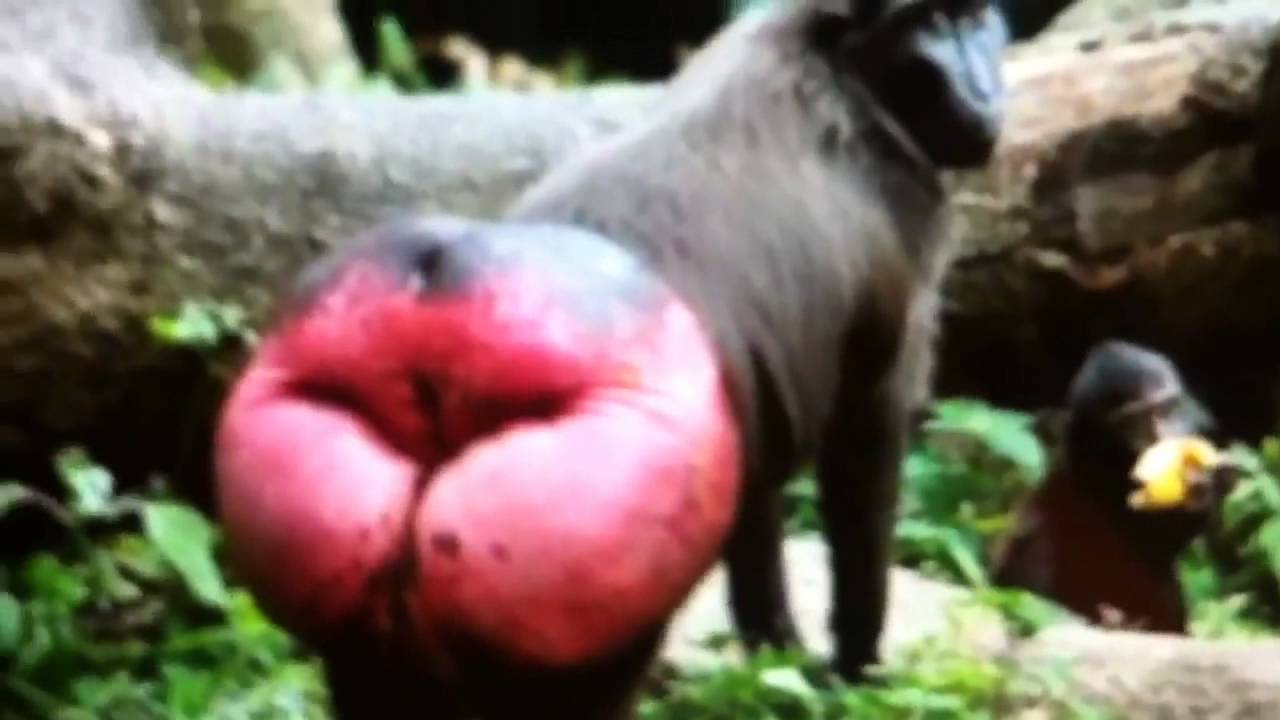In the vast tapestry of the animal kingdom, few creatures evoke as much curiosity and amusement as the monkey. With their agile movements, expressive faces, and mischievous antics, monkeys have captivated human attention for centuries. Among the diverse array of monkey species, there exists one particularly intriguing phenomenon that has puzzled researchers and delighted observers alike: the monkey with a red bum.
This peculiar characteristic is not limited to a single species but rather manifests in various primates across different regions of the world. From the vibrant mandrills of Africa to the diminutive red-faced macaques of Asia, monkeys with crimson posteriors have sparked fascination and speculation among scientists and laypeople alike. But what exactly causes this striking feature, and what purpose does it serve in the intricate web of primate biology and behavior?
The Physiology of Primate Rumps
To unravel the mystery of the red bum, one must delve into the intricacies of primate physiology. In many species of monkeys, the posterior region, colloquially referred to as the “bum,” exhibits a distinctive red hue. This coloration is not a result of pigment in the skin itself but rather arises from specialized blood vessels called vasodilation.
Vasodilation is the widening of blood vessels, leading to increased blood flow to specific areas of the body. In the case of monkeys, this phenomenon is particularly pronounced in the region surrounding the buttocks. The increased blood flow serves several purposes, including thermoregulation, social signaling, and even health assessment.
Thermoregulation and Circulation
One of the primary functions of the red bum in monkeys is thermoregulation. As many primate species inhabit tropical or subtropical regions characterized by high temperatures and humidity, regulating body temperature is essential for survival. By increasing blood flow to the surface of the skin, monkeys can dissipate excess heat more efficiently, helping them maintain a stable internal temperature even in sweltering conditions.
Moreover, the red coloration of the bum may play a role in communication among group members. In species where social hierarchy is significant, such as mandrills, the intensity of the red hue can vary depending on an individual’s rank within the group. Dominant males often exhibit brighter red bums, signaling their status and asserting their authority over subordinate members.
Social Signaling and Reproductive Fitness
The red bum also serves as a crucial component of reproductive behavior in many monkey species. During mating season, males with more vibrant and conspicuous buttocks are more likely to attract females, signaling their reproductive fitness and genetic superiority. In this context, the red bum functions as a visual cue that enhances mate selection and contributes to the propagation of desirable traits within the population.
Additionally, the coloration of the bum can convey important information about an individual’s health and vitality. In mandrills, for example, a dull or faded red hue may indicate poor health or nutritional status, serving as a warning sign to potential mates or rivals. Thus, the red bum serves not only as a beacon of fertility but also as a barometer of overall well-being within the primate community.
Cultural and Conservation Implications
Beyond its biological significance, the monkey with a red bum holds cultural significance in many societies around the world. From ancient folklore and indigenous myths to modern-day media and popular culture, monkeys with crimson posteriors have captured the imagination of people across generations and continents. In some cultures, they symbolize fertility, vitality, and resilience, while in others, they are revered as symbols of wisdom and trickery.
Furthermore, understanding the physiology and behavior of monkeys with red bums has important implications for conservation efforts aimed at protecting endangered primate species. By studying these animals in their natural habitats and elucidating the ecological roles they play, scientists can develop more effective strategies for preserving biodiversity and mitigating the threats posed by habitat loss, poaching, and climate change.
Conclusion: Unveiling Nature’s Marvels
In the realm of the animal kingdom, few sights rival the spectacle of a monkey with a red bum. Behind this seemingly whimsical phenomenon lies a fascinating tapestry of evolutionary adaptations, physiological mechanisms, and behavioral intricacies. From thermoregulation and social signaling to mate selection and health assessment, the red bum serves as a multifaceted symbol of nature’s ingenuity and complexity.
As we continue to unravel the mysteries of the monkey with a red bum, we gain not only a deeper understanding of primate biology and behavior but also a newfound appreciation for the wonders of the natural world. In a world teeming with diversity and wonder, perhaps there is no better reminder of nature’s marvels than the sight of a monkey proudly displaying its crimson posterior for all to see.

